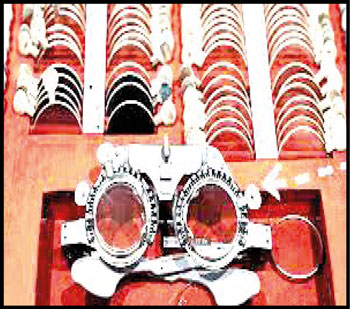New research has identified a link between vascular complexity in the eye’s retina and the risk of having a myocardial infarction, or in other words, a heart attack. The discovery was made by using artificial intelligence and “deep learning” to process data representing a large group of individuals.
Combined with new genetic insights, the researchers can accurately predict heart attacks when the model includes demographic data. Soon, retinal scans may be able to predict heart attacks. New research has found that decreased complexity in the blood vessels at the back of the retina in the human eye is an early biomarker for myocardial infarction.
“For decades, I’ve always lectured that the eye is not just the window to the soul, but the window to the brain and the window to the body as well,” said ophthalmologist Dr. Howard R. Krauss, speaking to Medical News Today about the new research. “AI [artificial intelligence] plus ‘deep learning’ is proving that to be the case,” he said. Cardiologist Dr. Rigved Tadwalkar, who was not involved in the research, told MNT that the findings were interesting. “[A]lthough we have known that examination of retinal vasculature can produce insights on cardiovascular health, this study contributes to the evidence base that characteristics of the retinal vasculature can be used for individual risk prediction for myocardial infarction,” he said.
“This [study] representsanother tool in the toolbox to help determine who could potentially benefit from earlier preventative intervention [when it comes to heart attacks].”
The greatest appeal,” said Dr. Krauss, who was also not involved in the study, “is that the photography station may be remote to the clinician, and perhaps, someday, even accessible via a smartphone.” The research was presented on June 12 at the European Society of Human Genetics.
Get our cholesterol micro-lessons to support you in making lasting lifestyle changes to manage your cholesterol levels. Our experts have gathered cholesterol-lowering tips into free weekly 5-min lessons.
According to a press release, the project utilized data from the UK Biobank, which contains demographic, epidemiological, clinical, and genotyping data, as well as retinal images, for more than 500,000 individuals. Under demographic data, the data included individuals’ age, sex, smoking habits, systolic blood pressure, and body-mass index (BMI).










